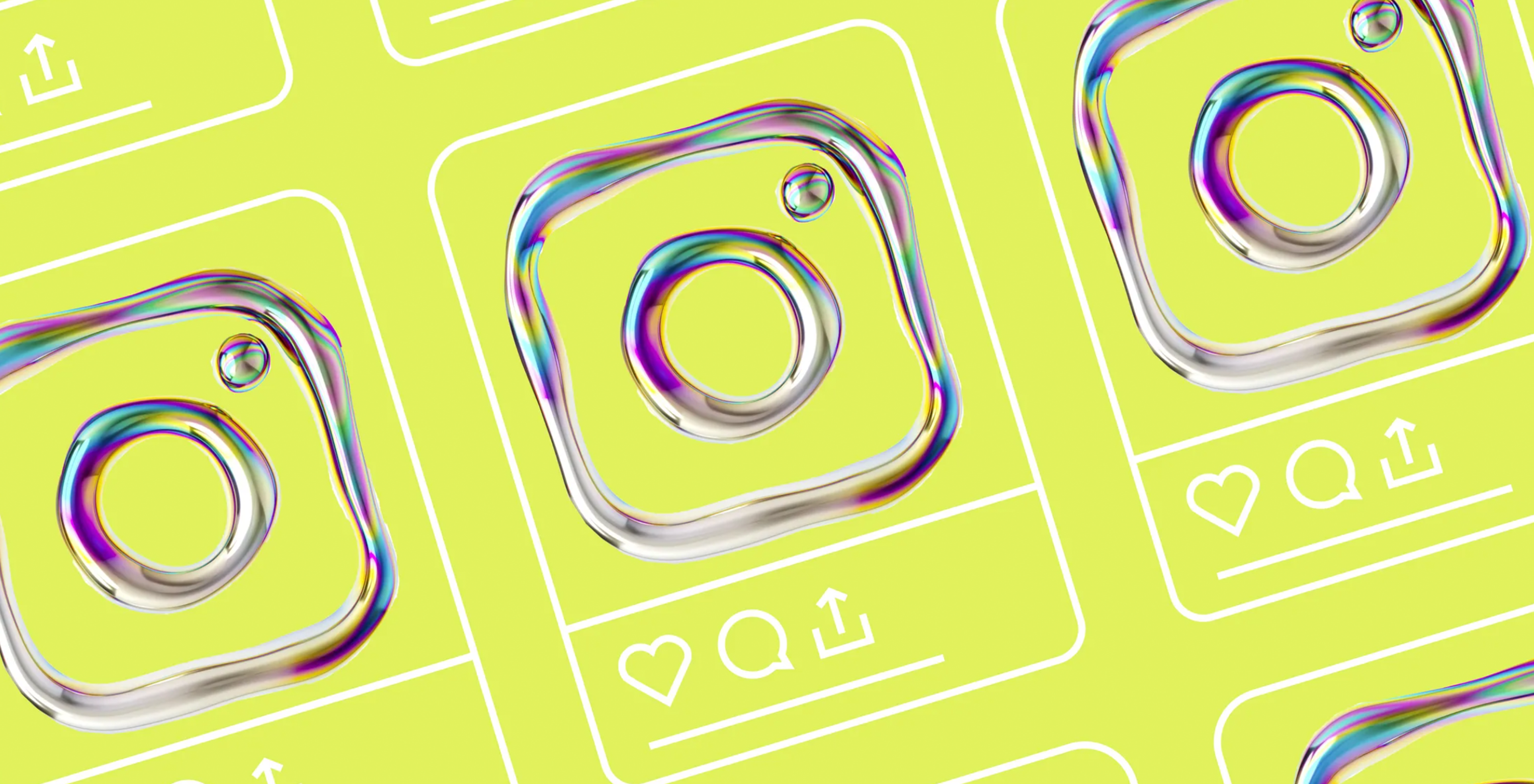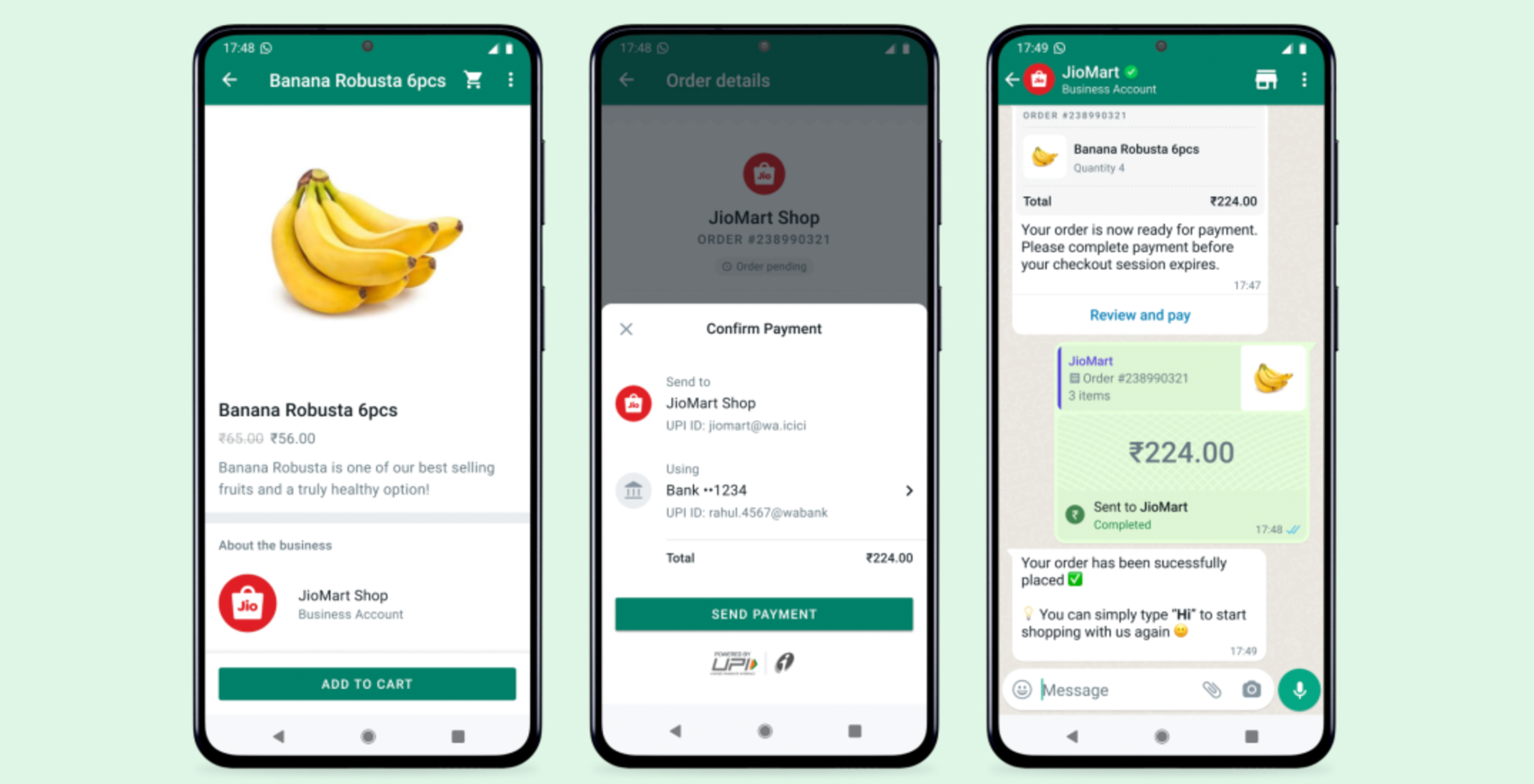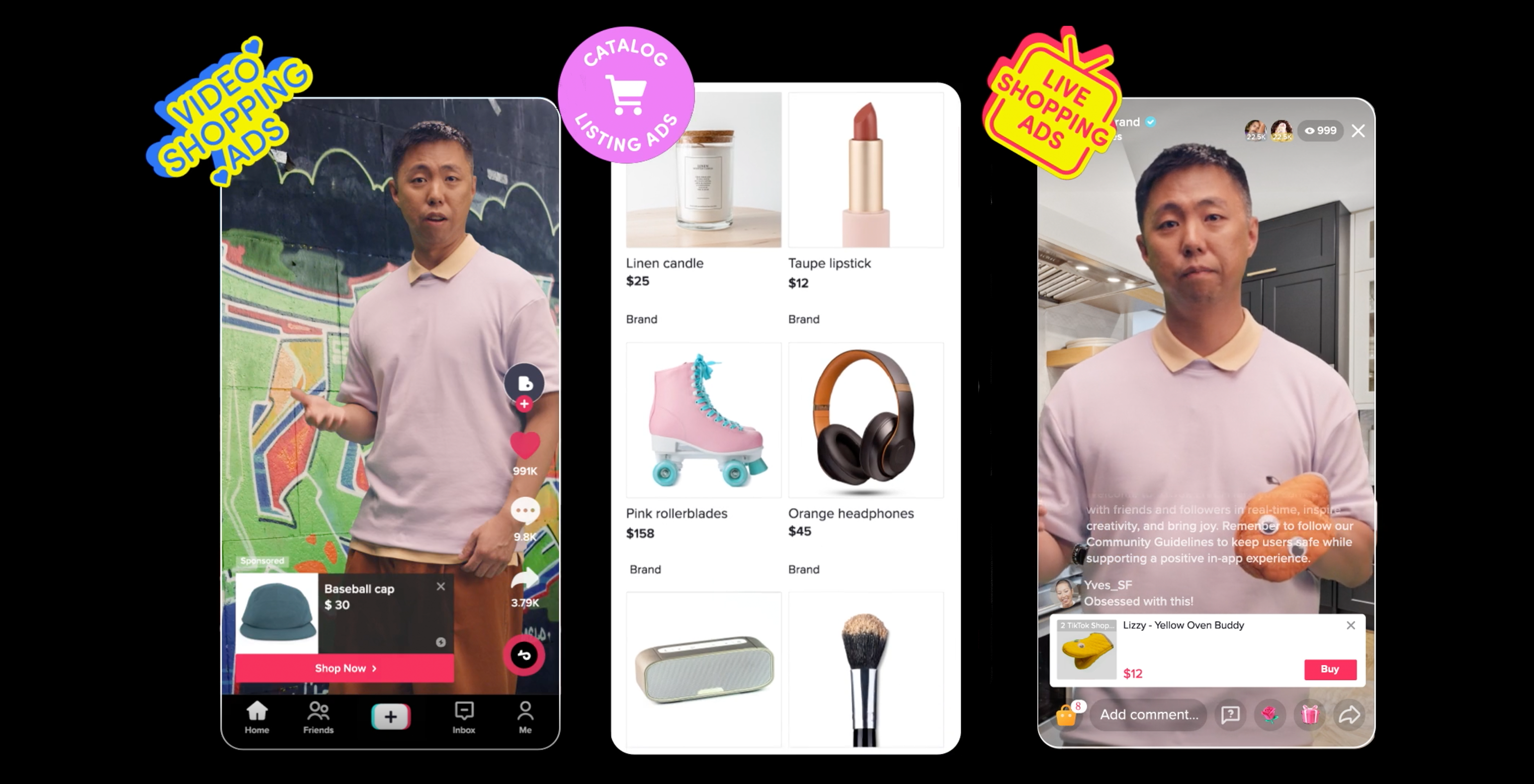
Insta updates come in threes
Not one, not two, but a trio of news lines to bring you from the world of Instagram, starting with a couple of new ad formats that have been announced (or are likely to be soon).
Firstly, the platform is reported to have launched QR code generation for posts, tags, locations and Reels. Users can find an option to share via QR code using the three-dot menu; also adding “/qr” to a post’s URL will generate a code. This is an interesting development, since QR codes are an effective way of promoting a whole host of products, events and releases. Expect Instagram to leverage QR codes to push shopping, especially for businesses who use Instagram as their primary sales channel.
Next up is in-feed ads. The way this works is that advertisers can place ads on creator profiles in between their posts. By allowing profile feed monetisation in settings, creators receive a cut of ad revenue. Now, this hasn’t been rolled out yet, but if it is, it could be a good chance to get your ads in front of interested audiences.
But a word of warning – audiences might become frustrated to see ads frequently placed in between their favourite creators’ posts.

Finally, the influencer marketing platform HypeAuditor has analysed 77.6 million Instagram posts from July 2022 to see how different types of content performed on the app. The study defined content by four formats: image posts, carousels, Reels and video. Performance was measured by likes, comments and estimated reach.
The most popular content type? Images – which account for almost half of all content shared, at 42.2%. Coming in last place, video, which fared the worst in all metrics. Key takeaways from this survey for advertisers: Reels are best for maximising reach and engagement, with the largest share of likes (35.4%) and estimated reach (33.8%). If you’re looking for comments to help build your community, image posts were the most popular at 30%, then Reels (28%) and carousels (24.9%). Just one quick health warning on this survey – the sample was taken from a database of influencer posts rather than those of everyday users or brand accounts.

WhatsApp e-commerce takes a big step forward
WhatsApp’s latest integration – JioMart, for Indian users – is the platform’s first end-to-end shopping experience. Users browse the JioMart catalogue, add products to their cart and pay to complete purchases, all without leaving the app. Mark Zuckerberg has hailed chat-based experiences like this as potentially “the go-to way people and businesses communicate in the years to come.”
WhatsApp is currently working on a number of shopping features such as in-app shopping carts, catalogues for business users, and a business-only paid subscription tier.
It all seems relatively easy for users to browse and complete purchases. They don’t need to download a separate app; they just text ‘Hi’ to the JioMart WhatsApp number. In time, WhatsApp is expected to roll out broader e-commerce integrations for not just grocery shopping, but retail, fast food delivery, entertainment, health and beauty appointments, or even large scale payments like rent and travel tickets.

Snapchat with bells on. Now with even more bells.
We’re starting to see social platforms put some of their content, features and influencer exclusives behind a paywall. Meta and IG are trialling it, and Snapchat is already well on that journey.
And to that point, Snapchat’s paid subscription tier Snapchat+ has some new features.
Here’s what users’ $3.99 a month gets them: priority Story replies with Snap Stars, customisable sign-off emojis for Snaps, new Bitmoji backgrounds and more custom app icons. That’s on top of the features introduced at launch; things like a dedicated profile badge, new data insights and access to a #1 Best Friend feature.
Snapchat says it’s up to a million subscribers since the paid offering launched in June, and demand for Snapchat+ is growing, with the service now available in an additional 16 markets than at launch.
If subscriber uptake continues, Snapchat+ will encourage longer overall app use – which means more eyes on brands’ ads – as Snapchatters experiment with new features and try to get their money’s worth.

Boost your sales on TikTok
TikTok has launched Shopping Ads, a three-in-one solution for advertisers looking to boost product sales.
Video Shopping Ads combine video and product card overlays into different variations. Product cards redirect to an in-app landing page with more information, pointing shoppers in the direction of your website to checkout. Video Shopping Ads combine Collection and Dynamic Showcase Ads while optimising targeting. It’s for brands to decide whether to choose product-specific creative or a broader brand message that will drive consideration.
Catalogue Listing Ads pull product images from your catalogue and promote them in shoppable placements which users discover through branded For You page content. You’ll only need your product catalogue to set up Catalogue Listing Ads, so they’re a resource-efficient way to promote your products to users with relevant interests.
And LIVE Shopping Ads direct shoppers from the For You Page to your live shopping event. These ads boost traffic to your live shopping events and are optimised for shoppers who are most likely to buy based on their interests.
Shopping Ads are currently in gradual testing with partners Shopify, WooCommerce, Smartly.io and Productsup. And one final note – it’s not necessary, but recommended, to have a TikTok Shop set up before you use Shopping Ads.

The new way to run ads on YouTube
Finally this month, news of a change in the way you can run ads on YouTube. The new Promotions tab lets users run ads through the platform directly instead of Google’s Ads Manager. Creators with access can view the Promotions tab through YouTube Studio’s Content page.
We don’t have all the details just yet, but the new process should make it easier for creators to buy ads. And because it’s more easily accessible, we should see an increase in YouTube creators promoting their content, and that means more people will see brands’ ads – and that’s why we’re all here, right?
But the Promotions ad process is likely targeted towards less experienced advertisers, so your ad options and capabilities could be more limited as a result.
YouTube is testing out the Promotions tab with a limited number of creators on desktop. Watch this space for news of a wider rollout.